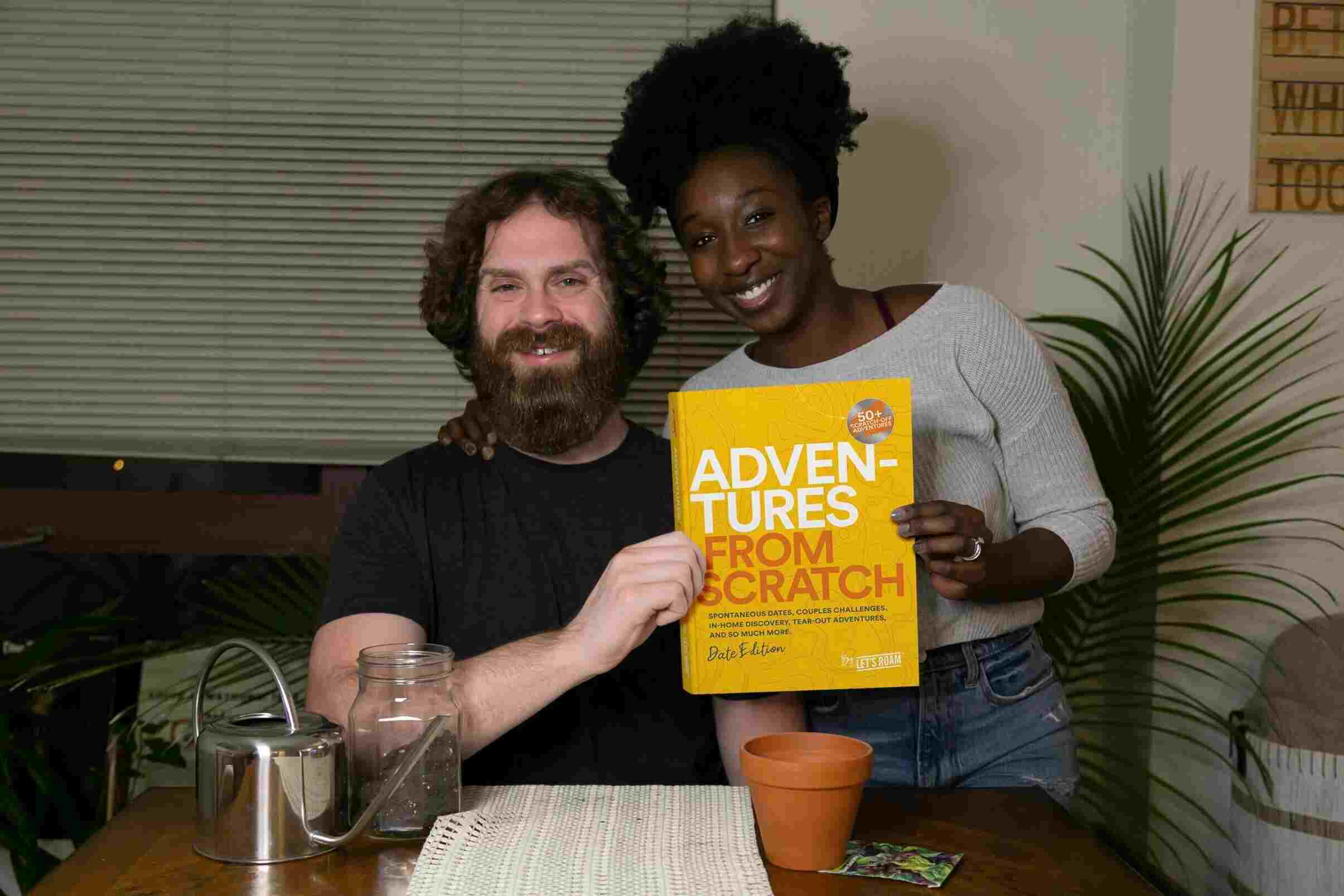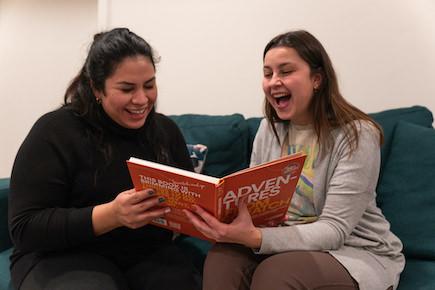Recent Posts
-
Quality Time Out: Timeless Daddy-Daughter Date IdeasFamily • 8 mins
-
Creative and Fun Mom and Son Date Ideas for Every BudgetFamily • 10 mins
-
Creative Family Photo Ideas to Capture Memorable MomentsFamily • 7 mins
-
Overcoming Holiday Anxiety: Tips for Stress-Free FestivitiesFamily • 7 mins
-
Unpacking the Pros and Cons of Permissive ParentingFamily • 11 mins
-
Understanding the Impacts of Helicopter ParentingFamily • 11 mins
-
The Essentials of Successful Co-parentingFamily • 8 mins
-
Heart to Heart: How to Communicate Your Feelings AuthenticallyFamily • 9 mins
-
Embracing Kindness and Understanding With Gentle ParentingFamily • 9 mins












